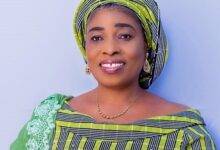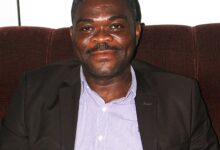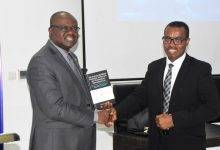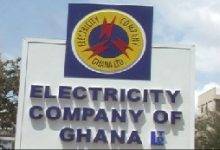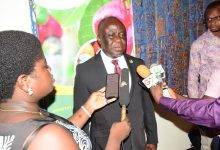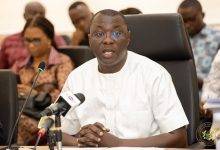
Despite the availability of support for deprived households in Accra to construct domestic toilets, there may not be a single household in one community with a population believed to be in excess of 100,000, whose residents have access to their own toilet, painstaking investigations suggest.
Kokomba market, located between Korle Lagoon and River Odaw, across the street from Agbogbloshie, is barely a kilometre square community.
The densely populated area excludes the nearby scrap yard and timber market, all of which, together, is known officially as Old Fadama.
Sometimes referred to as Sodom and Gomorrah, Kokomba market, was visited on September 19, 2019, by the Vice President, Dr Mahamudu Bawumia, as part of his tour of Agbogbloshie and Old Fadama, during which he announced government’s intention to construct four public toilets among other projects in the community.
Following the visit, the Ghanaian Times spent four weeks in the community, which is noted for its “group rooms’’ that can contain abnormally large numbers of occupants, seeking to know how residents empty their bowels, how close they are to a public toilet and what percentage of the population had access to a toilet at home.
None of 817 randomly – selected residents interviewed claimed to have access to a toilet at home. They were unanimous in their belief that no private residence in Kokomba would have a toilet.
“Apart from the police station, I can boldly tell you that you won’t find a toilet in private use in any building in this community,’’ Kwasi Osei Tutu, a tailor, who
claims to have lived in Kokomba for 27 years, told this reporter. “Even hotel guests here use public toilets,’’ he added.
The respondents, however, expressed satisfaction at the proliferation of commercial public toilets (as well as baths) which make accessibility quiet easy.
Types of toilets in use are flush type, ventilated improved pit type and pan latrines. Their capacities range between 10-seater and 52-seater.
While repeated physical counts could not confirm claims of up to 100 public toilets in the community, it was observed that the easy accessibility to about 70 public toilets had rendered open defecation by adults a rarity. Round-the-clock watch revealed that most adults chose to pay between 30 pesewas and 60 pesewas to use public toilets.
When contacted, the Deputy Head of Waste Management at Accra Metropolitan Assembly (AMA), Victor Kotey, confirmed that there was a project that had since 2016 supported 2,877 households in Accra to construct toilets at a 75 per cent subsidised rate.
He said the Greater Accra Metropolitan Area Water and Sanitation Project (GAMA Project) had in 2019 alone assisted 1,333 households in the city to construct flush toilets at a cost of GH¢4,000.00, with beneficiaries paying only GH¢1,000.
Mr Kotey explained that although the GAMA Project uses various media to advertise for applicants and town hall meetings, the Old Fadama community had never been approached directly because it was an informal settlement, which had not been planned.
“There is even no space for individual households to add toilets were they to be given the opportunity,’’ he said.
The Head of Accra Metropolitan Assembly (AMA) Public Affairs, Gilbert Ankrah, confirmed the community’s status as an informal settlement.
He, however, explained the Vice President’s visit and promise of support as an immediate social intervention necessary to give comfort to the huge population of Ghanaians that could not be neglected even if they were legally at the wrong place.
The area around Korle Lagoon had long been earmarked for the restoration of its ecosystem, which project, as gazetted, did not allow for human settlement.
A copy of a land title certificate sighted at the office of Nii Armah Okpah II, Sub Chief of Korle Wokon, Abgogbloshie and Old Fadama, under the Gbese Stool, indicated that government on May 22, 1961, acquired a total land area of 369.29 acres (about 150 hectares or 1.5 square kilometres) for the ecosystem restoration project.
Subsequently, residents of Fadama, as it was known were evacuated and resettled at New Fadama.
When the Vice President visited, he was reported to have said the population of Old Fadama was 120,000, for which reason he assured the residents they were no longer going to be evicted as had been planned.
BY TIMES REPORTER

